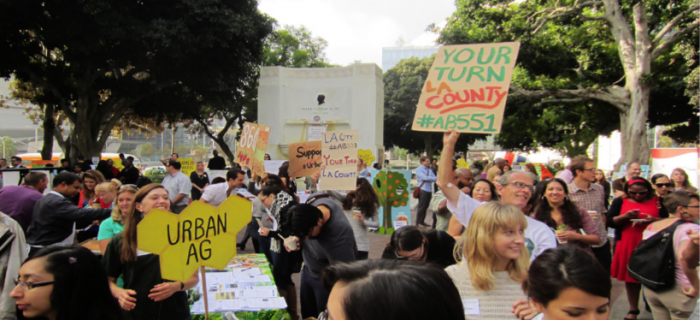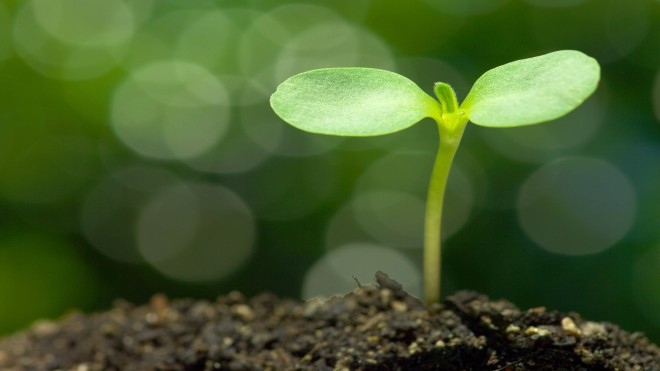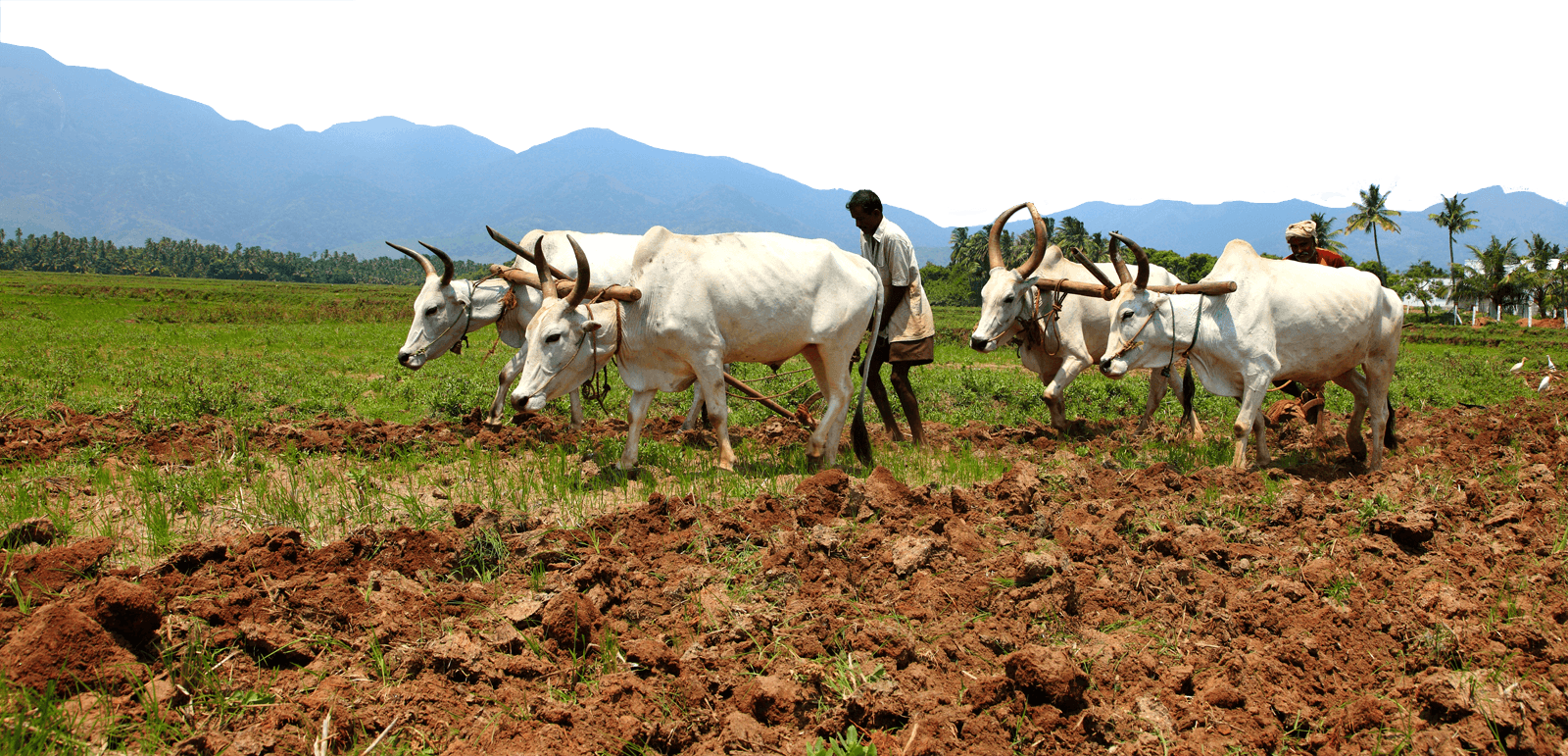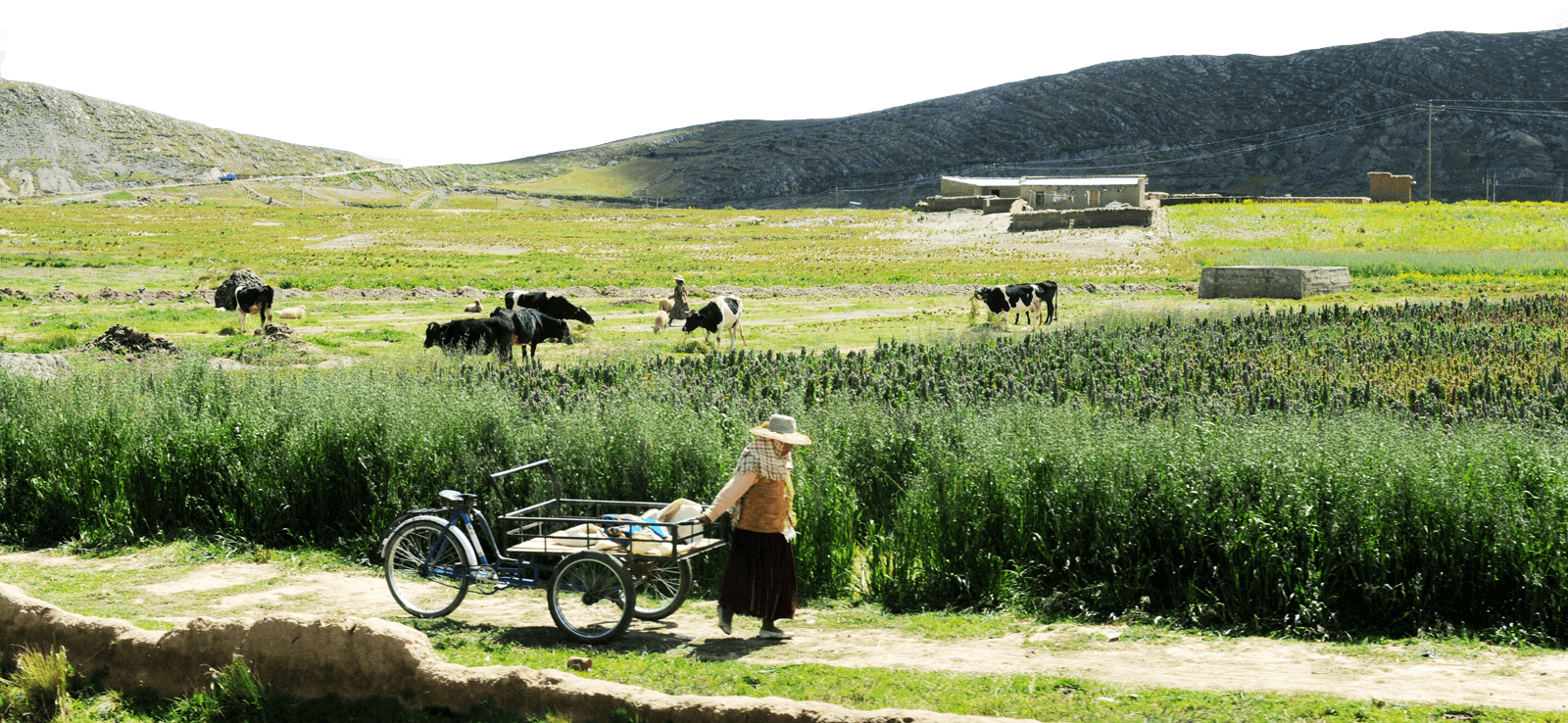Healthy Soils, Healthy Communities: Opportunities to Bridge Environmental Justice and Soil Carbon Sequestration
In 2016, global atmospheric CO2 concentrations passed 400 ppm. To get back to the safe zone, generally recognized as below 350 ppm, we have to pull carbon out of the atmosphere. Safely in the soil, carbon is beneficial – it helps soils hold water and nutrients, resist drought and prevent erosion. By one estimate, the world’s agricultural soils have lost over half their original carbon. If those soil carbon stocks were regenerated, by one account they could offset up to 15% of global greenhouse gas emissions. The French Ministry of Agriculture has suggested an annual increase in the organic matter of the world’s soils of just 4 percent would offset all global GHG emissions. We need to begin managing soils for the carbon cycle – putting soil carbon to work in our cities, ranches and farms.
Soil carbon work is also an opportunity to address long standing environmental justice issues – including water and air pollution, access to food and urban green space, job creation and support for small scale farmers . Strategies to both further environmental justice and capture carbon will depend in large part on how, to what purpose, and for whom we manage our soil.
We have to connect the dots between the carbon cycle and the work to build healthy, just communities. Soil carbon work is a part of a broader just transition to a carbon-free economy. That transition starts with organizing in frontline communities, and making sure that environmental justice has a place at the table at the very beginning of any policy or program development process. Policymakers need to see the economic and social benefits of healthy soils. California’s new Healthy Soils Initiative is an opportunity to bridge environmental justice and soil carbon work, to try new approaches and create a holistic approach.
This report aims to expand a conversation between environmental justice, climate and sustainable agriculture communities. The report describes interviews and initial conversations with organizations around the state working at the intersection of soil health and environmental justice, from California’s San Joaquin Valley to Los Angeles and the greater Bay Area.
Click here to download the brief in full, or view in full below. Click here to view the executive summary of this brief.
SoilsCommunity_UpdatedFinal3


 Help Food First to continue growing an informed, transformative, and flourishing food movement.
Help Food First to continue growing an informed, transformative, and flourishing food movement.




